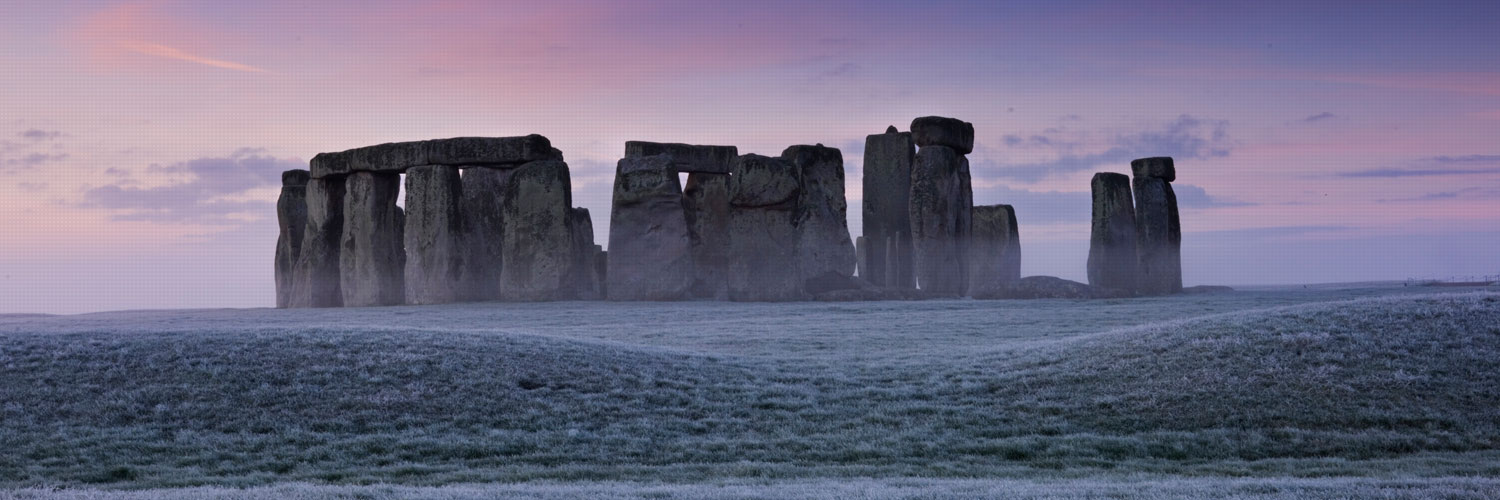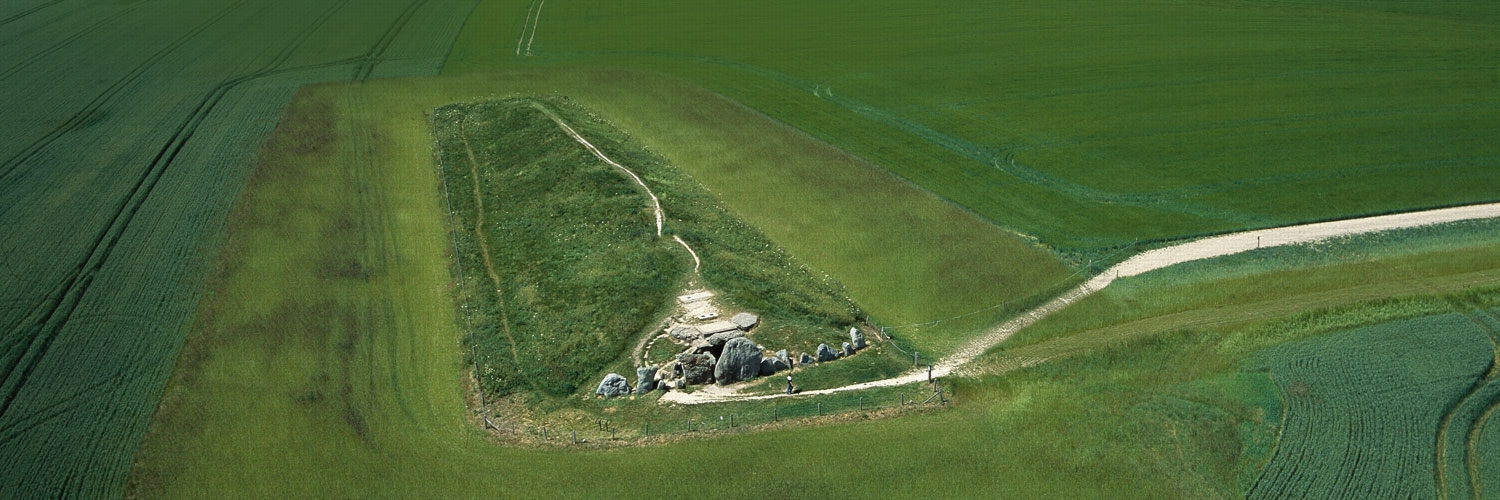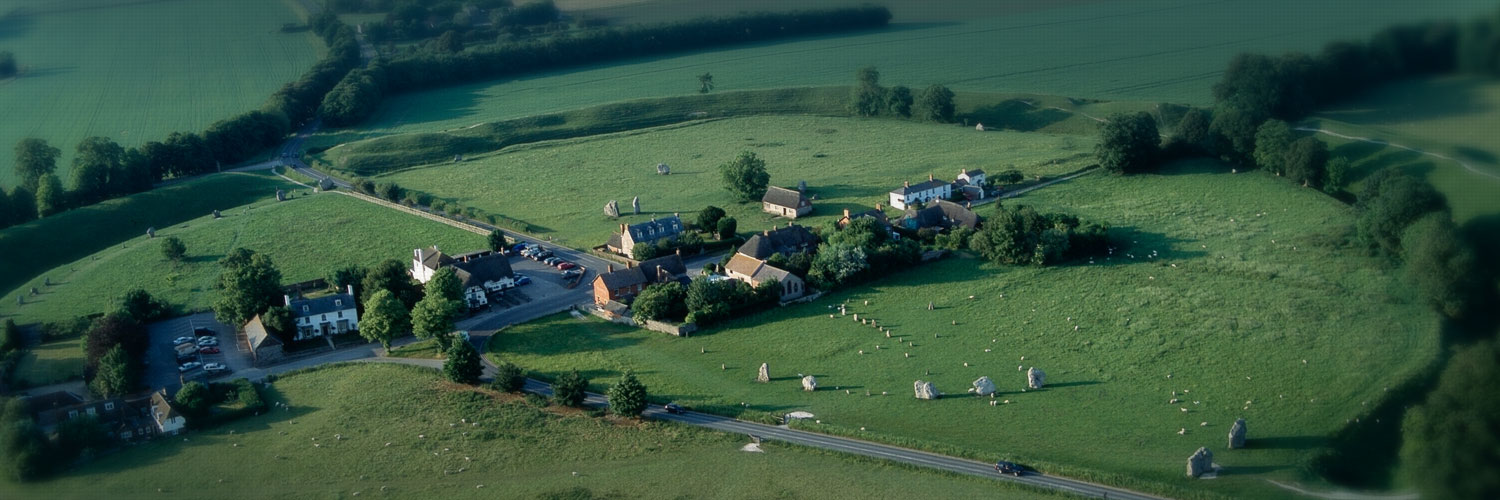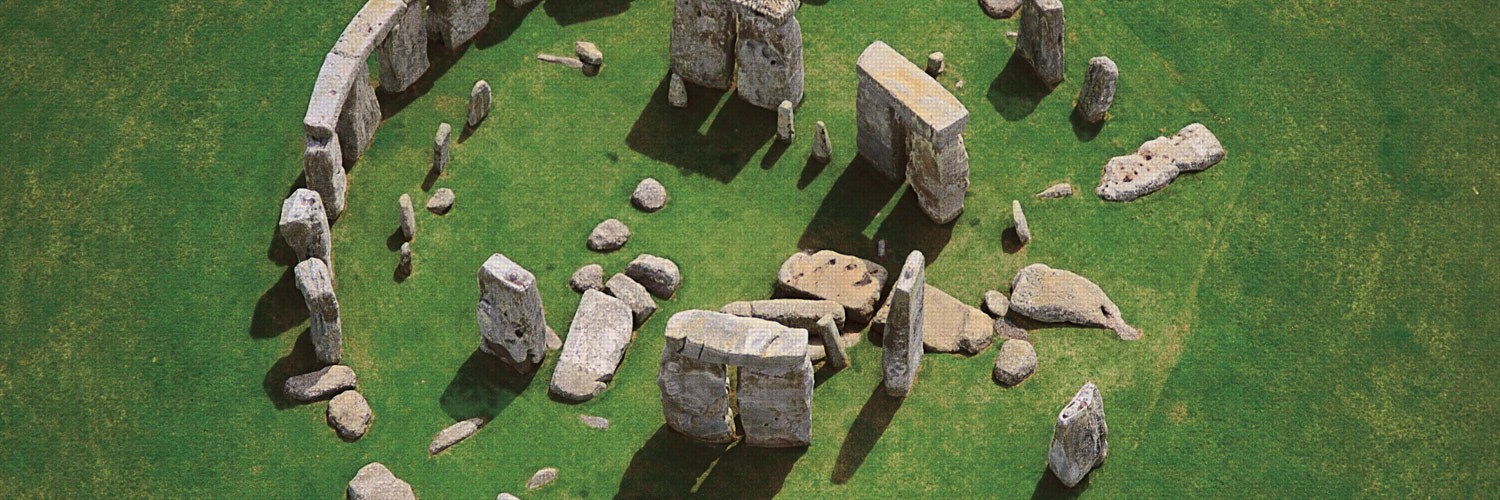Residents
A guide to the World Heritage Site for communities living in and around the Stonehenge and Avebury and landscape.
Where is the World Heritage Site?
The World Heritage Site extends beyond the monuments themselves to a combined area of over 5,000 hectares. Our maps of Stonehenge and Avebury will help you discover where the boundaries are for the World Heritage Site
Exploring the World Heritage Site
For those who are new to the area, or want to discover new places to explore in the World Heritage Site, the National Trust’s walking routes through the Stonehenge Landscape and top trails at Avebury give plenty of inspiration.
Every month there’s new exhibitions and events to enjoy associated with the WHS. The What’s On guides on our News & Events page is a useful place to discover what’s coming up.
Stonehenge Local Residents’ Pass
Those living in parishes surrounding Stonehenge may be eligible for a Local Residents’ Pass, allowing free entry for one adult and up to three children. Passes are valid for two years, after which they must be renewed. Visit English Heritage’s website to apply online and view terms and conditions.
Qualifying areas: Amesbury, Bulford, Figheldean, Durrington, Durnford, Woodford, Winterbourne Stoke, Shrewton, Orcheston, Tilshead, Winterbourne, Idmiston, Allington, Newton Tony, Netheravon, Milston, Wilsford-cum-Lake, and Cholderton.
Local Schools and Groups
The Stonehenge & Avebury WHS can be used for literacy, science, local history and tourism as well as pre-history which is included on the primary curriculum. For links to resources and sessions led by English Heritage, National Trust, Wiltshire Museum and The Salisbury Museum, visit our Education pages.
Community groups local to Stonehenge can book a Community Box, where one of English Heritage’s knowledgeable volunteers will come and deliver an exciting talk with replica objects.
How is my community represented in the management of the World Heritage Site?
Both the Stonehenge and the Avebury Steering Committees meet three times a year to discuss and monitor actions of the Management Plan and matters arising from this. There is a representative Parish and Town Council’s within or surrounding the WHS on these committees. If you would like a matter relating to the WHS to be discussed at these meetings please get in touch with the following:
Stonehenge WHS Steering Committee:
- Durrington Town Council
- Amesbury Town Council
- Shrewton Parish Council
- Winterbourne Stoke Parish Council
- Wilsford cum Lake Parish Council
Avebury WHS Steering Committee:
- Avebury Parish Council
- Kennet Valley Parish Council
- Berwick Bassett and Winterbourne Monkton Parish Council
How can I get involved in the World Heritage Site?
A great way to find out more about the WHS, develop skills and meet new people is through volunteering. Volunteering opportunities may include supporting both behind the scenes and welcoming visitors, with a range of roles available across English Heritage, National Trust, The Salisbury Museum and Wiltshire Museum.
Looking after the World Heritage Site
Activity to care for and celebrate the World Heritage Site is led by the Stonehenge & Avebury World Heritage Site Management Plan (2015). The plan gives a framework to coordinate the activity of over 25 partners within the WHS. Our Management Plan Summary gives a useful overview the WHS and the plan’s priorities and policies.
What makes Stonehenge & Avebury a World Heritage Site?
The landscapes at Stonehenge and Avebury jointly form one World Heritage Site, which was inscribed on the UNESCO World Heritage List in 1986 for their outstanding prehistoric monuments dating back over 5000 years to the Neolithic and Bronze Age. Stonehenge is the most famous and sophisticated prehistoric stone circle in the world. At Avebury the massive banks and ditches of the henge enclose its largest. Together they form a landscape without parallel.
There are 33 WHSs in the UK and 1157 in the world which can be explored with this interactive map . To be a World Heritage Site, a place must be of ‘Outstanding Universal Value’. Our site’s seven Attributes of Outstanding Universal Value are associated with the physical remains of the monuments, their relationship to the landscape and each other, and their inspiration to many artforms and professions. Find out more about the World Heritage Site here.
To find out more about where you live
If you’re interested in looking a bit further into the history of where you live and archaeological discoveries made in the area, there’s a number of websites that you may enjoy.
A useful tool when comparing how an area has changed over time is the Know Your Place website, where you can scroll between historical and contemporary maps.
The online Wiltshire and Swindon Historic Environment Record (HER) allows you to search for information on archaeological sites, monuments and finds. Across the whole WHS there are 1114 records with 404 in Avebury and 712 in Stonehenge (as of February 2023), ranging from findspots to buildings and monuments. Each record builds a picture of life across the ages, from Neolithic Flint tools to Bronze Age round barrows, Saxon pottery and more.
There is a large concentration of scheduled monuments within the WHS. Managed by Historic England, scheduling is the selection of a carefully chosen sample of nationally important archaeological sites. Explore Historic England’s scheduled monuments map to discover the monuments near you.



